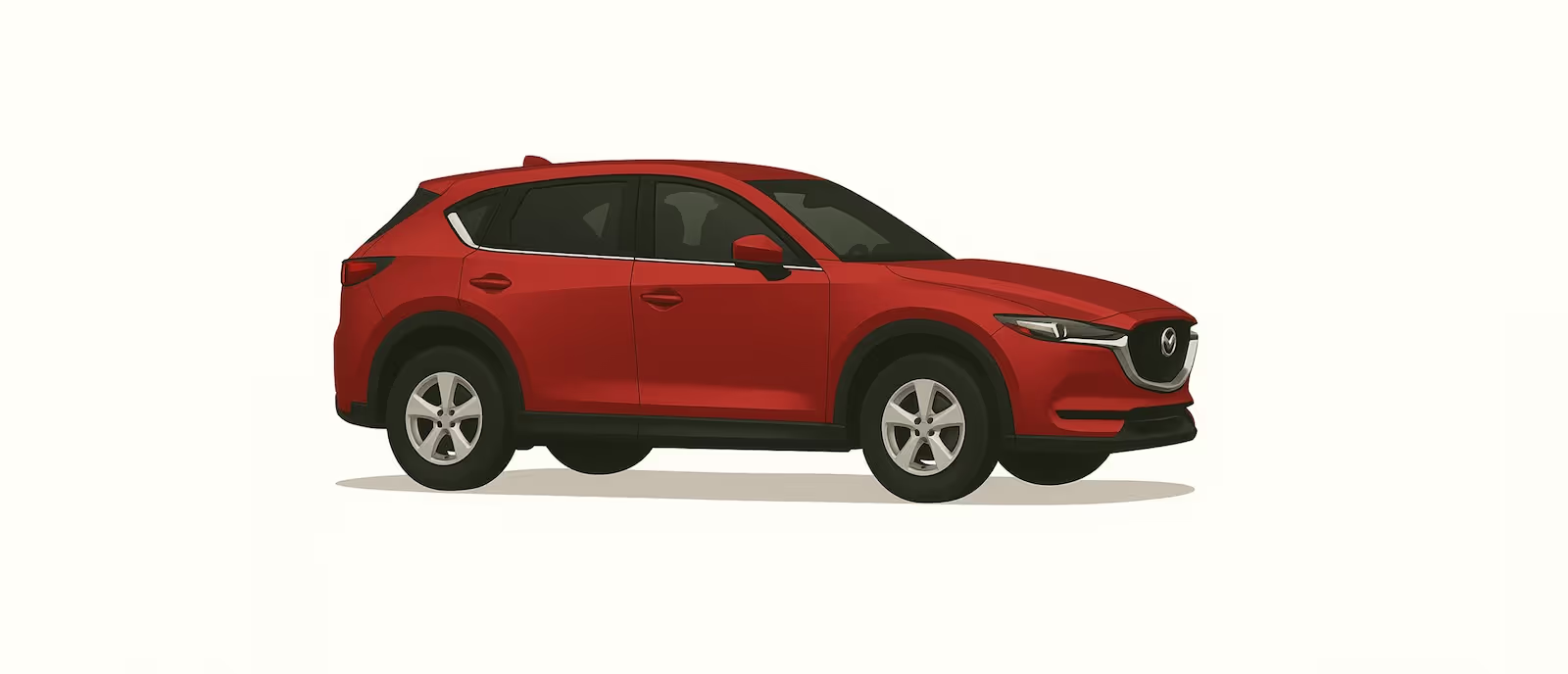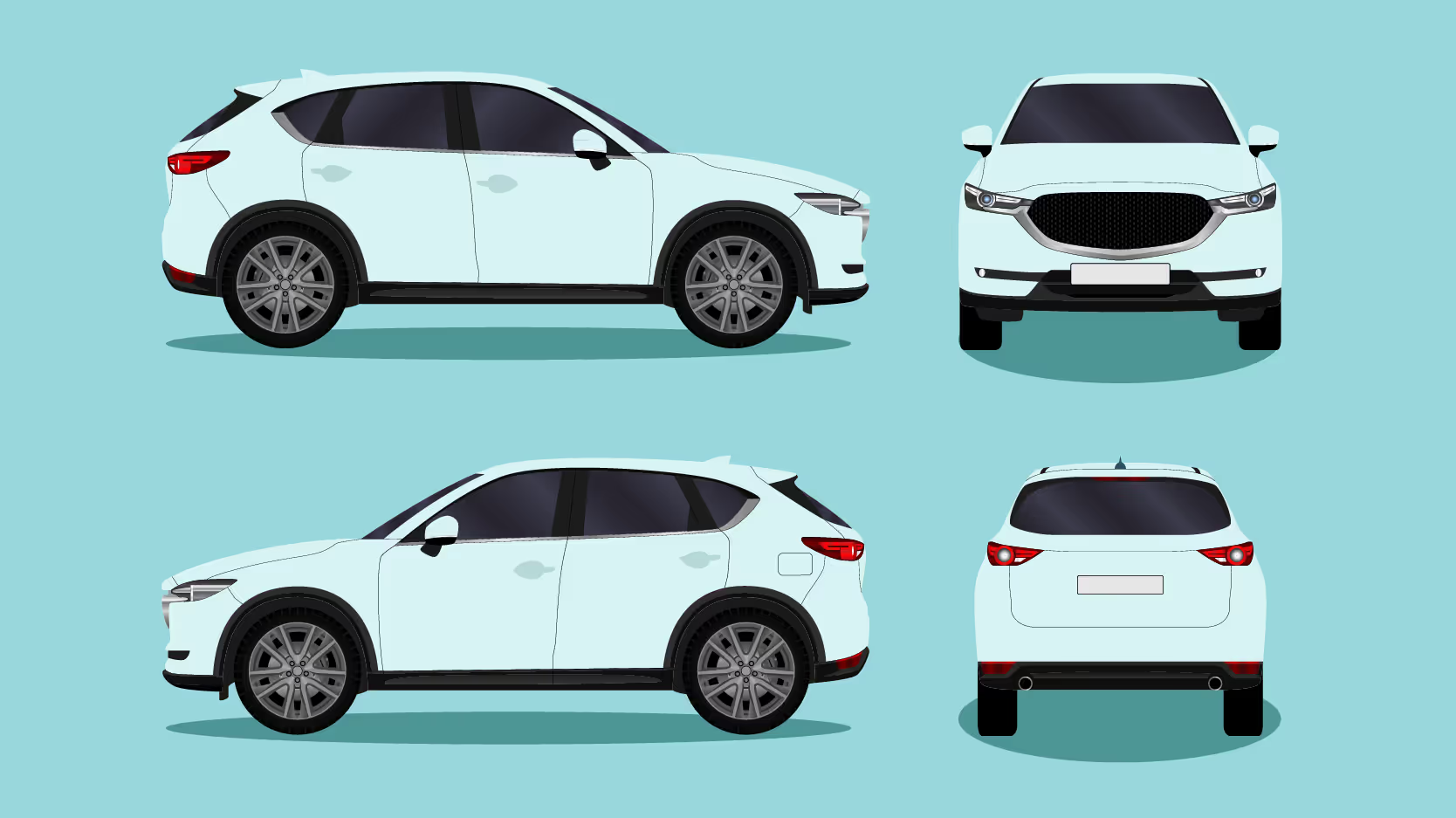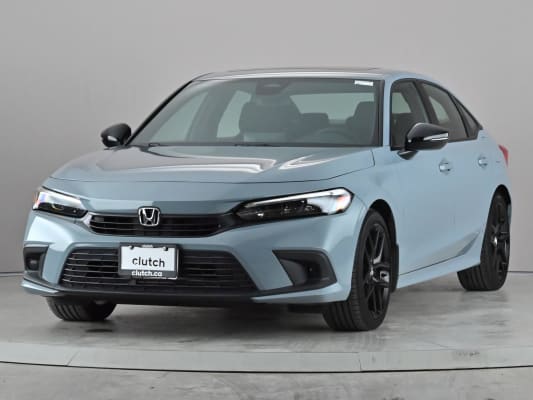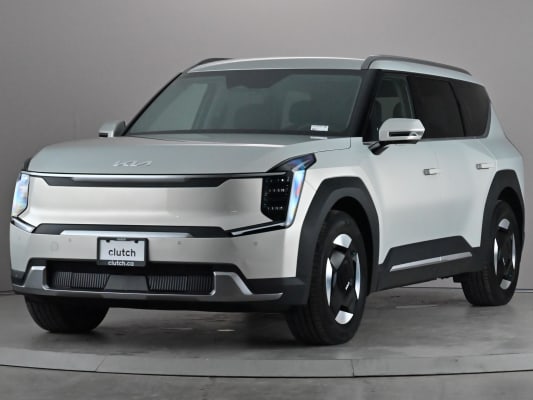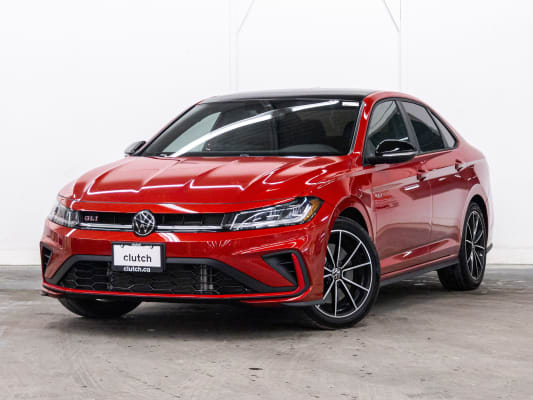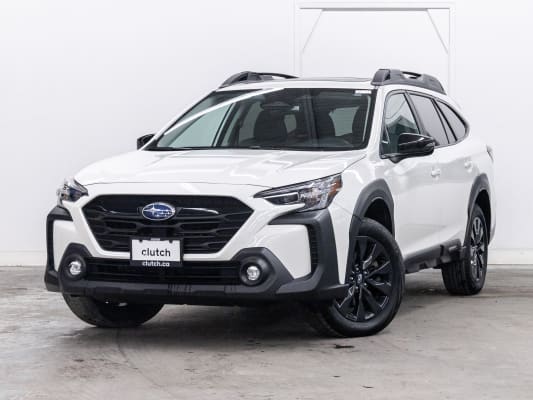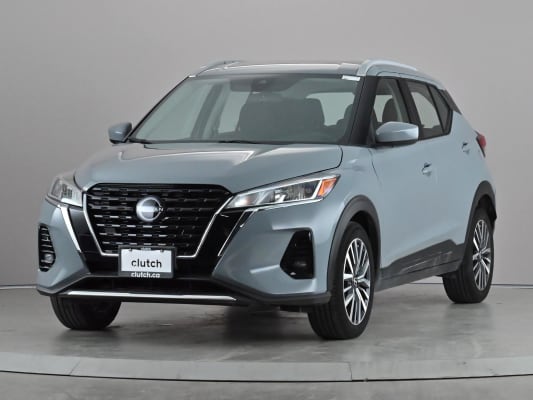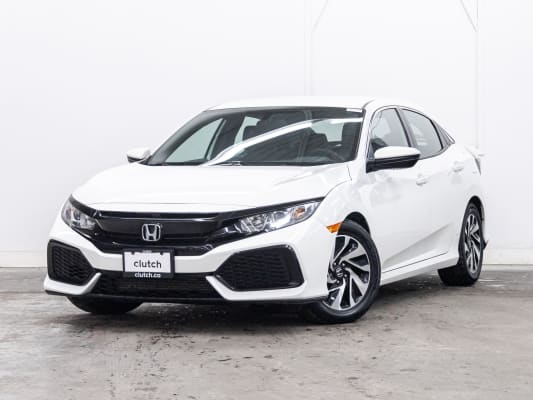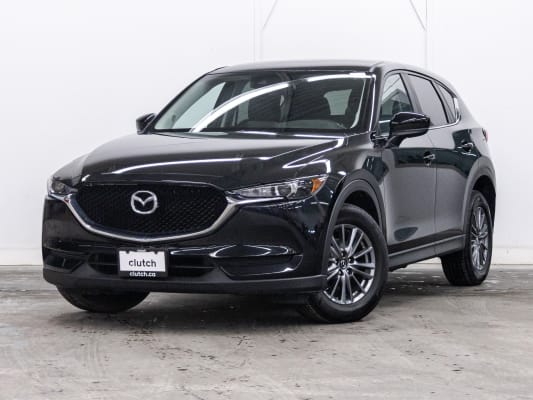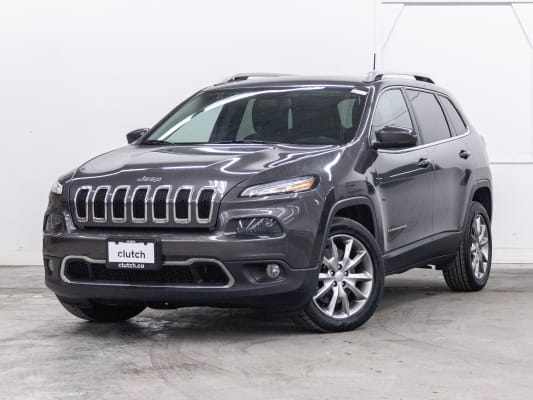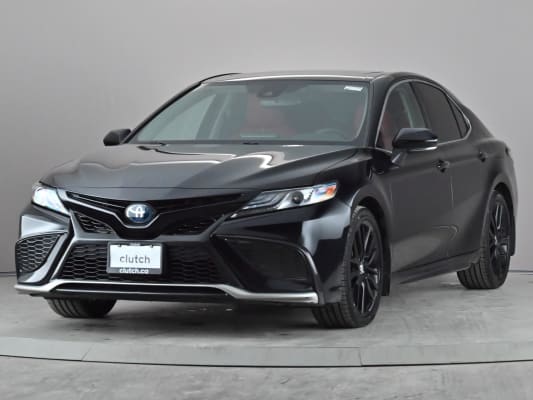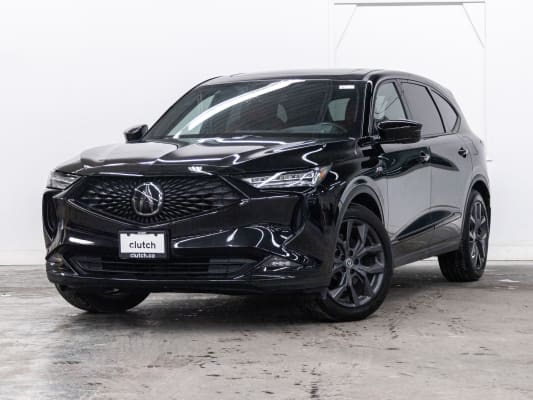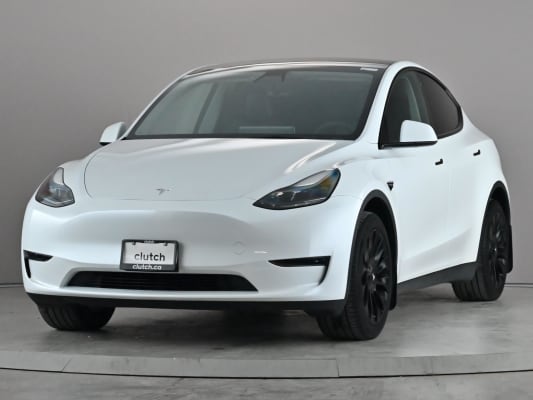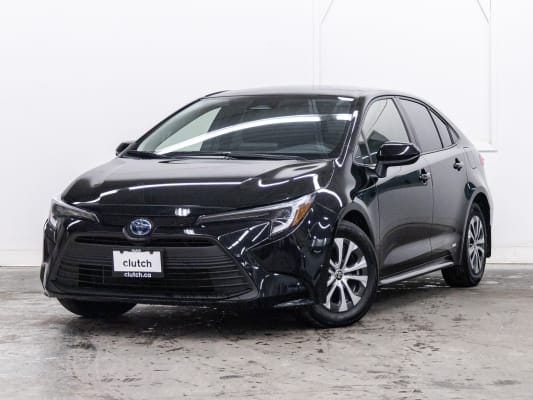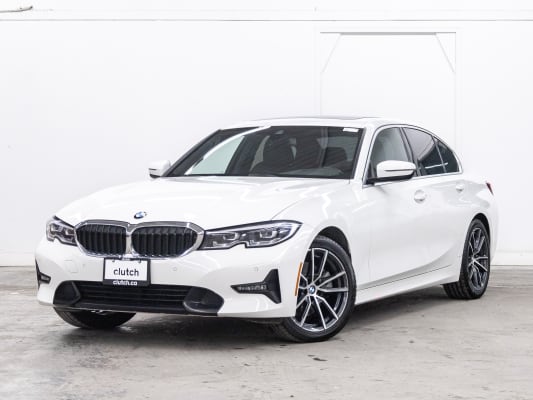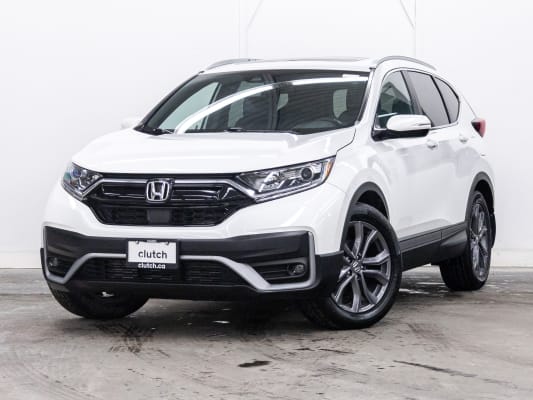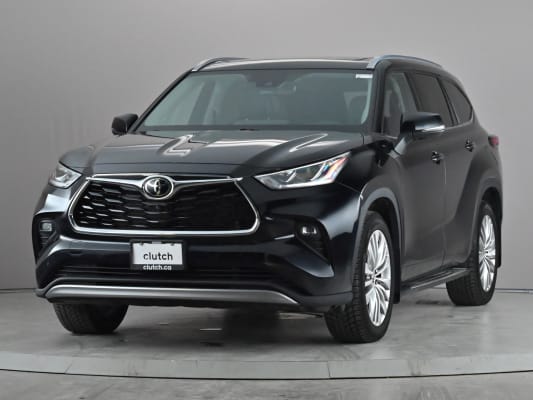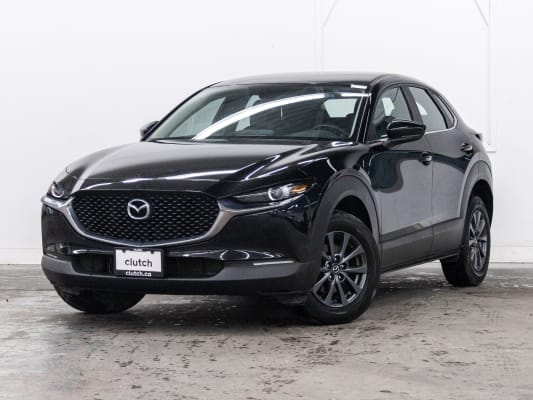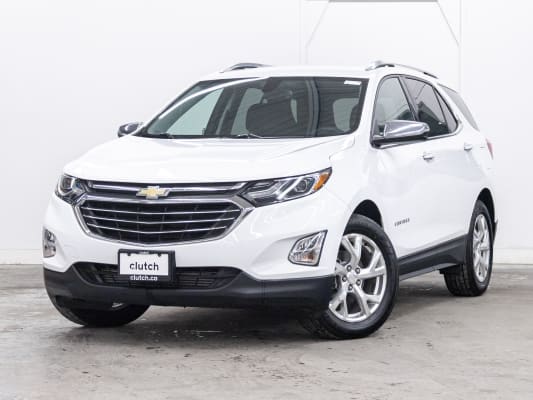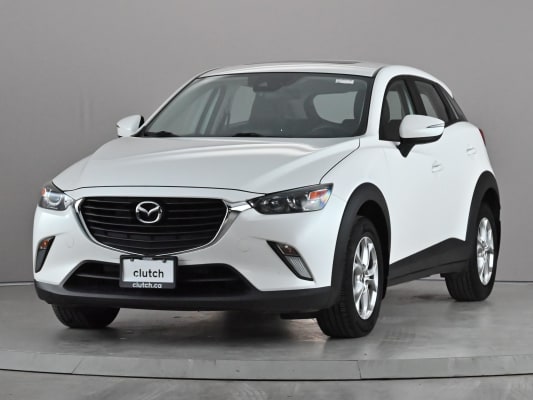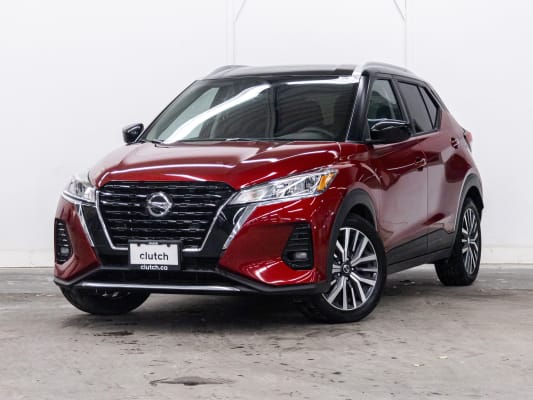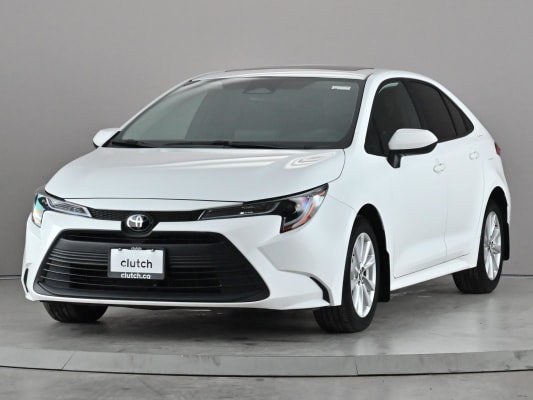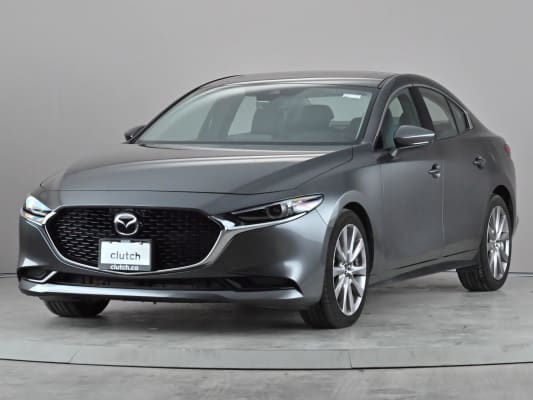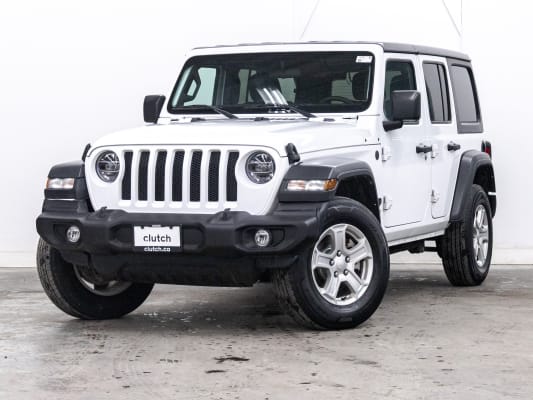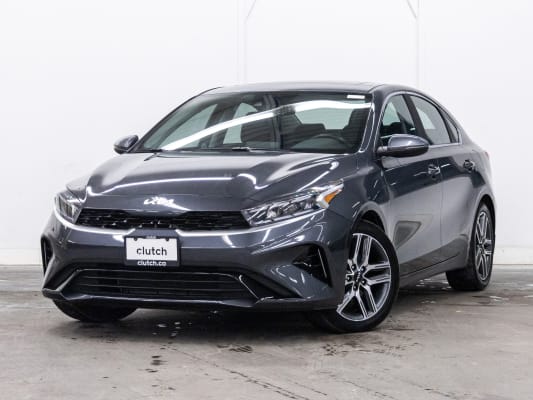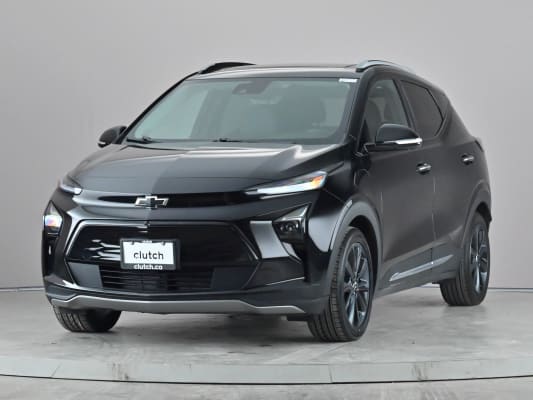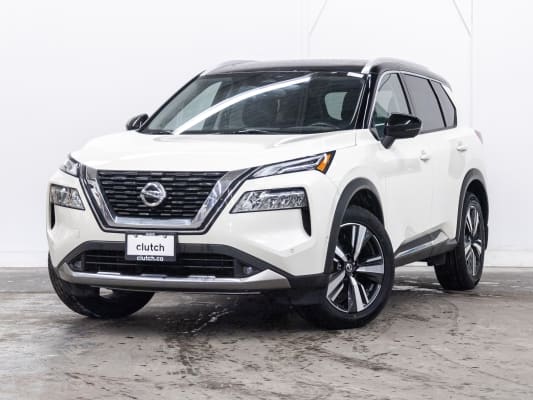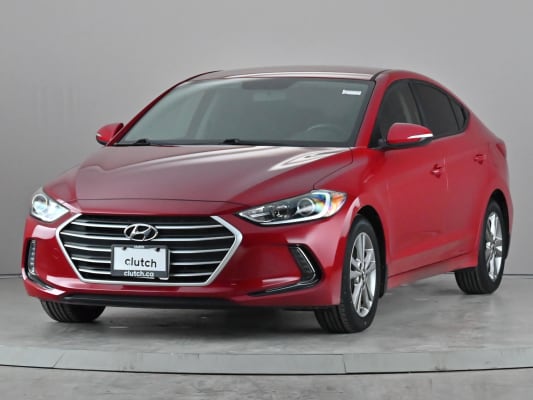Since its debut in 2013, the Mazda CX-5 has become one of Canada’s favourite compact SUVs, admired for its sporty handling, stylish design, and upscale interior feel at an affordable price point. It competes in a crowded segment alongside the Toyota RAV4, Honda CR-V, and Hyundai Tucson, but the CX-5 has carved out a loyal following thanks to its fun-to-drive personality and reputation for delivering above-average reliability.
That said, not every model year of the CX-5 has been flawless. Like many vehicles, the CX-5 has seen a few troublesome years where early design flaws, recalls, or common mechanical issues have left owners frustrated. For used buyers, knowing which years to avoid can help save thousands in potential repairs and keep ownership costs low.
In this guide, we’ll break down the Mazda CX-5 years to avoid, highlight the most reliable ones, and cover the most common problems to watch for. While these model years aren’t necessarily deal-breakers, being aware of their trouble spots will help you shop smarter, budget for potential repairs, and make a more confident decision when buying used.
2013 Mazda CX-5: First-Year Reliability Concerns
The debut year of the CX-5 introduced Mazda’s Skyactiv platform, praised for efficiency and handling. However, as a first-year model, it carried several teething problems that make it one of the riskiest years to buy used.
Common Issues:
- Engine Stalling & Hesitation: Many owners reported random stalling at idle or hesitation when accelerating, sometimes without warning. This created both safety concerns and frustrations for drivers in traffic.
- Electrical Glitches: Problems with battery drain and inconsistent electrical performance often left owners with dead batteries or malfunctioning accessories. These issues were particularly common in cold weather, which is concerning for Canadian buyers.
- Infotainment Failures: The early Mazda Connect system was known to freeze, reboot itself, or display a blank screen. This made everyday use of Bluetooth and navigation unreliable.
- Transmission Hesitation: Some owners noticed jerky gear changes or slow responses when shifting into drive or reverse. While not always catastrophic, it created an unrefined driving experience.
If you’re considering a 2013 CX-5, only proceed if it has documented repairs and maintenance records showing these issues have been resolved.
2014 Mazda CX-5: Electrical & Brake Problems
The second year of the CX-5 fixed some early stalling complaints, but reliability ratings still lagged. Electrical issues and premature brake wear became the most frequent owner complaints.
Common Issues:
- Infotainment & Connectivity Failures: Owners continued to report frequent freezing, Bluetooth disconnects, and navigation malfunctions. These glitches were frustrating and often required multiple dealership visits.
- Electrical System Problems: Beyond the infotainment, other systems like power windows and locks occasionally stopped working. These failures were often traced back to wiring harness or module faults.
- Premature Brake Wear: Many drivers found they had to replace brakes much earlier than expected, sometimes under 40,000 km. This added to long-term ownership costs compared to rivals.
- Occasional Engine Stalling: While less widespread than in 2013, isolated cases of stalling persisted in 2014 models. This was often linked to throttle body or ECU calibration issues.
A 2014 CX-5 isn’t an automatic “no,” but it requires a thorough inspection. Prior brake replacement and electrical system updates are key.
2016 Mazda CX-5: Transmission & Infotainment Headaches
By 2016, the CX-5 was more refined and popular, but that year still carried several frustrating issues. Most centred on drivability and cabin electronics.
Common Issues:
- Transmission Hesitation: Owners frequently reported delayed or rough gear shifts, especially when accelerating from a stop. This created uncertainty in city driving and contributed to wear over time.
- Mazda Connect Infotainment Freezing: The infotainment system was prone to locking up, rebooting randomly, or lagging heavily. Some owners found it almost unusable, particularly when relying on navigation.
- Premature Brake Wear: Like earlier years, brake components wore out sooner than average, leading to higher maintenance costs. This issue carried over from 2014, frustrating long-term owners.
- Road Noise: The CX-5 was criticized for higher-than-average cabin noise at highway speeds. While not a defect, it was a common owner complaint that detracted from comfort on long trips.
This year isn’t a complete dealbreaker, but if you buy a 2016, confirm the transmission and infotainment issues have been addressed.
2018 Mazda CX-5: Fuel & A/C System Failures
The 2018 CX-5 marked the early second-generation models, but reliability still wasn’t perfect. Problems with the fuel system and air conditioning were the most significant.
Common Issues:
- Fuel Pump Failures: Some owners experienced fuel pump malfunctions that caused stalling or loss of power. These incidents often required costly replacement of the entire fuel system.
- Harsh Transmission Shifts: Drivers noted jerky or abrupt gear changes, particularly in early production models. This was unsettling during highway merges or stop-and-go traffic.
- Air Conditioning Malfunctions: Many owners reported weak or non-functioning A/C systems, often traced to faulty compressors. Repairs were expensive and inconvenient, especially during summer months.
- Engine Hesitation: Acceleration lag was a recurring complaint, making the vehicle feel underpowered. This reduced confidence when overtaking or climbing steep roads.
Later second-gen models are more reliable. Unless the 2018 you’re looking at has low mileage and documented repairs, newer years are generally a safer bet.

Common Mazda CX-5 Problems Across Model Years
Even though the Mazda CX-5 has earned a strong reputation for safety, value, and fun-to-drive handling, certain recurring issues have appeared across multiple model years. Here are the most common problems Canadian drivers should watch for:
Infotainment System Failures
Many owners across 2014–2016 models reported freezing screens, reboot loops, and unresponsive touch controls. These glitches were often traced to Mazda’s early Connect infotainment system, which struggled with software reliability. While updates helped, replacing the entire unit could cost over $1,200 if not covered under warranty.
Transmission Hesitation and Harsh Shifts
Both first- and second-generation CX-5s sometimes developed jerky acceleration, delayed gear engagement, or hard shifts. This was most noticeable in the 2013–2016 and 2018 models, usually tied to software calibration issues. In severe cases, drivers needed transmission replacements costing $3,000 or more, though many were resolved with updated software or torque converter repairs.
Premature Brake Wear
A recurring complaint across multiple years involved brakes wearing out much sooner than expected. Some owners reported needing new pads and rotors before 40,000 km, especially on 2014 and 2016 models. This added unexpected maintenance costs, although aftermarket brake components often lasted longer than the originals.
Electrical and Sensor Glitches
Electrical problems cropped up in various CX-5s, ranging from faulty backup cameras and failing power accessories to sensor-related warning lights. These issues were often annoying more than dangerous, but they still led to inconvenient repairs and out-of-pocket costs if the vehicle was out of warranty.
Engine and Fuel System Issues
Later second-generation models (especially 2018) sometimes experienced fuel pump failures or engine hesitation under load. While less widespread than infotainment or brake issues, these could leave drivers stranded if not addressed. Repair costs varied but could easily top $1,500 without warranty coverage.
Mazda CX-5 Buying Checklist
Before purchasing a used Mazda CX-5, take the time to carefully inspect and test-drive the vehicle. Here are the key areas to check:
- Transmission Response: Test for smooth, consistent gear changes during both city and highway driving. Hesitation, slipping, or harsh shifts could indicate transmission software issues or wear.
- Infotainment System Functionality: Check the Mazda Connect screen for freezing, random reboots, or laggy touch response. Replacement units are expensive, so make sure everything works as expected.
- Brake Wear: Inspect pads and rotors closely, especially on 2014–2016 models. Premature wear was common, so ask for service records showing recent replacements.
- Electrical Features: Confirm that all sensors, backup cameras, and power accessories function properly. Electrical glitches can be frustrating and sometimes costly to diagnose.
- Engine and Fuel System: Listen for rough idling, hesitation under load, or unusual noises during acceleration. On 2018 models in particular, confirm that any recalls for fuel pump failures have been addressed.
- Rust and Body Condition: While not as rust-prone as some rivals, older CX-5s may show corrosion around wheel wells and undercarriage. A professional inspection is always recommended.
- Service History: Look for full maintenance documentation, especially proof of software updates, recall repairs, and routine brake service. A well-documented CX-5 will be a much safer long-term bet.

The CX-5 Is Still a Smart Buy
While certain Mazda CX-5 model years come with notable problems, this SUV continues to stand out as one of the best options in its class. With sporty handling, upscale interior finishes, and strong safety ratings, it delivers a premium feel at a reasonable price point.
The key is to be aware of which years carry the most risk and to do your homework before buying. Models like the 2017, 2019, and 2021 onwards generally perform well, offering dependable ownership with fewer headaches. Even if you’re considering one of the “caution” years, choosing a CX-5 with a clean service history and completed recall work can still give you a solid long-term vehicle.
If you’re looking for one of the best small SUVs that blends style, practicality, and driving enjoyment, the Mazda CX-5 deserves a spot at the top of your list.
At Clutch, you’ll find a wide selection of used Mazda CX-5s for sale that have all passed a 210-point inspection and come with a free CARFAX report. Browse online, get financing in minutes, and enjoy delivery straight to your door with a 10-day money-back guarantee.
{widget-1}
FAQs About Mazda CX-5 Years to Avoid
Is the Mazda CX-5 a reliable SUV overall?
Yes, the CX-5 is generally considered very reliable, especially from 2017 onward. Earlier years had more issues, but Mazda has steadily improved quality, making newer models a safe bet for long-term ownership.
Is the Mazda CX-5 a reliable SUV overall?
Yes, the CX-5 is generally considered very reliable, especially from 2017 onward. Earlier years had more issues, but Mazda has steadily improved quality, making newer models a safe bet for long-term ownership.
Is the Mazda CX-5 a reliable SUV overall?
Yes, the CX-5 is generally considered very reliable, especially from 2017 onward. Earlier years had more issues, but Mazda has steadily improved quality, making newer models a safe bet for long-term ownership.
Is the Mazda CX-5 a reliable SUV overall?
Yes, the CX-5 is generally considered very reliable, especially from 2017 onward. Earlier years had more issues, but Mazda has steadily improved quality, making newer models a safe bet for long-term ownership.
Which Mazda CX-5 years should I avoid?
The main years to be cautious of are 2013, 2014, 2016, and 2018, as these models reported the highest rates of engine problems, infotainment malfunctions, and reliability complaints. If buying from these years, ensure all recall work and repairs have been documented.
Which Mazda CX-5 years should I avoid?
The main years to be cautious of are 2013, 2014, 2016, and 2018, as these models reported the highest rates of engine problems, infotainment malfunctions, and reliability complaints. If buying from these years, ensure all recall work and repairs have been documented.
Which Mazda CX-5 years should I avoid?
The main years to be cautious of are 2013, 2014, 2016, and 2018, as these models reported the highest rates of engine problems, infotainment malfunctions, and reliability complaints. If buying from these years, ensure all recall work and repairs have been documented.
Which Mazda CX-5 years should I avoid?
The main years to be cautious of are 2013, 2014, 2016, and 2018, as these models reported the highest rates of engine problems, infotainment malfunctions, and reliability complaints. If buying from these years, ensure all recall work and repairs have been documented.
What is the most reliable year for the Mazda CX-5?
The 2017, 2019, and 2021-2023 models are widely regarded as the best for reliability and value. They benefit from updated engines, fewer recalls, and stronger safety and tech features.
What is the most reliable year for the Mazda CX-5?
The 2017, 2019, and 2021-2023 models are widely regarded as the best for reliability and value. They benefit from updated engines, fewer recalls, and stronger safety and tech features.
What is the most reliable year for the Mazda CX-5?
The 2017, 2019, and 2021-2023 models are widely regarded as the best for reliability and value. They benefit from updated engines, fewer recalls, and stronger safety and tech features.
What is the most reliable year for the Mazda CX-5?
The 2017, 2019, and 2021-2023 models are widely regarded as the best for reliability and value. They benefit from updated engines, fewer recalls, and stronger safety and tech features.
Is the Mazda CX-5 expensive to maintain?
Compared to luxury competitors, the CX-5 is affordable to maintain. However, serious repairs like engine or transmission work in problematic years can be costly, so service history is key when buying used.
Is the Mazda CX-5 expensive to maintain?
Compared to luxury competitors, the CX-5 is affordable to maintain. However, serious repairs like engine or transmission work in problematic years can be costly, so service history is key when buying used.
Is the Mazda CX-5 expensive to maintain?
Compared to luxury competitors, the CX-5 is affordable to maintain. However, serious repairs like engine or transmission work in problematic years can be costly, so service history is key when buying used.
Is the Mazda CX-5 expensive to maintain?
Compared to luxury competitors, the CX-5 is affordable to maintain. However, serious repairs like engine or transmission work in problematic years can be costly, so service history is key when buying used.
Is the Mazda CX-5 expensive to maintain?
Compared to luxury competitors, the CX-5 is affordable to maintain. However, serious repairs like engine or transmission work in problematic years can be costly, so service history is key when buying used.
Does the Mazda CX-5 have engine problems?
Some earlier models, particularly 2013 and 2014, were prone to engine stalling, oil consumption, and recall-related issues. These problems are less common in newer CX-5s.
Does the Mazda CX-5 have engine problems?
Some earlier models, particularly 2013 and 2014, were prone to engine stalling, oil consumption, and recall-related issues. These problems are less common in newer CX-5s.
Does the Mazda CX-5 have engine problems?
Some earlier models, particularly 2013 and 2014, were prone to engine stalling, oil consumption, and recall-related issues. These problems are less common in newer CX-5s.
Does the Mazda CX-5 have engine problems?
Some earlier models, particularly 2013 and 2014, were prone to engine stalling, oil consumption, and recall-related issues. These problems are less common in newer CX-5s.
Does the Mazda CX-5 have engine problems?
Some earlier models, particularly 2013 and 2014, were prone to engine stalling, oil consumption, and recall-related issues. These problems are less common in newer CX-5s.
Does the Mazda CX-5 have engine problems?
Some earlier models, particularly 2013 and 2014, were prone to engine stalling, oil consumption, and recall-related issues. These problems are less common in newer CX-5s.

